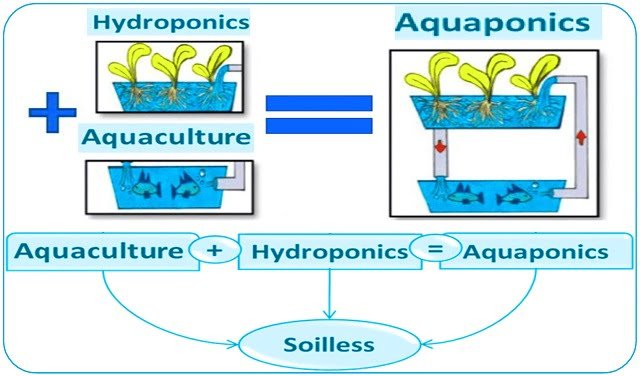Canada.- Fish health on British Columbia salmon farms is managed throughout the production cycle to maintain healthy fish populations and to identify and address disease occurrences as soon as they arise. Aquaculture licence conditions set out mandatory monitoring and reporting requirements to ensure any impacts are appropriately mitigated at salmon farms.
A central component of on-farm fish health management is a Fish Health Management Plan (FHMP). FHMPs are approved by Fisheries and Oceans Canada (DFO) and describe the fish health principles that the licensee must follow to maintain fish health and biosecurity at the farm.
Licence holders must routinely submit a variety of fish health data to DFO. Routine reports include information on mortality rates, including the suspected cause of mortality. Additional reports are submitted if there are elevated mortalities or a fish health event that requires the involvement of a veterinarian.
Both DFO and aquaculture companies have veterinarians on staff (or available on contract, for some companies) to monitor fish health on farms. Company veterinarians ensure appropriate husbandry in day-to-day operations and identify appropriate management measures if fish health concerns arise.
Through the Fish Health Audit and Surveillance program, DFO oversees the health of cultured salmon to minimize fish health and disease risks to wild and farmed fish and publishes reports on regulation and monitoring of BC’s marine finfish aquaculture facilities. Sites are routinely inspected to ensure compliance with FHMPs, to verify the accuracy of industry reporting, and to collect samples for routine diagnostic disease screening.
All salmon aquaculture transfers require authorization under section 56 of the Fishery (General) Regulations. Movements of fish to and from farms may be required to introduce new stock, facilitate growth at different life stages or optimize production. DFO reviews these applications to determine whether the movement may adversely affect local aquatic species and habitats. DFO veterinarians and biologists assess the information gathered by DFO and submitted by industry to gain a complete picture of the health status of the fish to be moved. For hatchery to marine transfers, this assessment also includes an in-depth records review and on-site inspection of the fish.
If this assessment indicates that a pathogen or disease is affecting the fish to be transferred, DFO may place restrictions on the movement and/or prescribe additional conditions to mitigate any risk of disease transmission, such as grading to remove undersized fish, the use of pre-transfer medications, or additional post-transfer health testing. If no mitigation measure can be identified, the application will be denied.
Stay Always Informed
Join our communities to instantly receive the most important news, reports, and analysis from the aquaculture industry.
More information at: https://open.canada.ca/data/en/dataset/700fe290-7653-49e1-b961-741dc1ead924
Editor at the digital magazine AquaHoy. He holds a degree in Aquaculture Biology from the National University of Santa (UNS) and a Master’s degree in Science and Innovation Management from the Polytechnic University of Valencia, with postgraduate diplomas in Business Innovation and Innovation Management. He possesses extensive experience in the aquaculture and fisheries sector, having led the Fisheries Innovation Unit of the National Program for Innovation in Fisheries and Aquaculture (PNIPA). He has served as a senior consultant in technology watch, an innovation project formulator and advisor, and a lecturer at UNS. He is a member of the Peruvian College of Biologists and was recognized by the World Aquaculture Society (WAS) in 2016 for his contribution to aquaculture.




